Category Archive: Ask The Traffic School Instructor
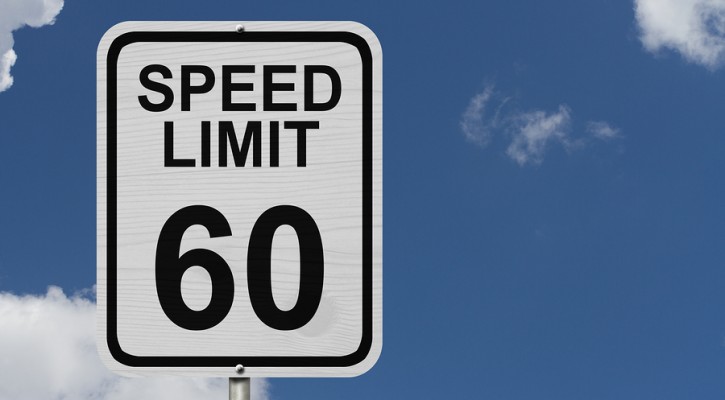
Ask The Traffic School Instructor: Speed Limits
September 24, 2014
Question: Do speed limits reduce traffic accidents?
Answer: No, speed limits by themselves can’t save lives. However, drivers who obey the posted speed limits do save lives. Let’s look at the purpose of speed limits and then, at why speed is dangerous.
According to the National Highway Transportation Administration (NHTSA), approximately one-third of all highway traffic deaths are directly due to speeding. Speeding means either going faster than the posted speed limit or traveling too fast for conditions.
What’s the purpose of speed limits?
There’s a popular belief that speed limits are just a way for governments to raise income by handing out traffic tickets but that’s not the case. Speed limits are determined by traffic engineers and set by local or state governments. No one likes traffic jams so, when trying to determine a speed limit, traffic engineers are actually trying to determine the highest safe speed that will allow traffic to move freely. In order to do this, they have to look at a lot of factors including; size of the road, number of lanes, curves, hills, whether the roadway passes through a school zone, shopping district, etc.
Taking all of those factors into consideration, once a speed limit is set, it is the maximum speed allowed during ideal conditions. Ideal conditions mean clear visibility and dry roads. When there is heavy rain, snow or fog, it’s up to drivers to adjust their speed according to conditions. Even if a driver is traveling at or below the speed limit, it’s still possible to get a speeding ticket for driving too fast for conditions.
Why is speed a problem?
Reaction time
The higher the speed, the less time a driver has to react to an emergency situation ahead. It takes between 1 to 1.5 seconds for a driver to react to an emergency situation. That means a driver obeying a speed limit of 45 mph will travel approximately 99 feet before he or she can fully react. A driver traveling 10 mph over the speed limit will travel more than 121 feet in the same amount of time. A lot can happen in that amount of space.
Laws of Physics
The laws of physics come into play also. A basic law of motion states that an object in motion tends to remain in motion – in a straight line. A driver driving too fast in a curve stands a good chance of losing control and running off the roadway because, due to the laws of motion, it’s physically impossible to keep the vehicle on the road. Physics also come into play in a crash. The higher the speed, the greater the crash forces will be.
Reducing traffic Jams
Believe it or not, if everyone were to obey the speed limit and keep a safe following distance between their vehicle and the vehicle ahead, traffic would move much faster and more smoothly. Traffic jams are caused by drivers who are driving too fast and then hit the brakes when they approach a vehicle ahead. This causes traffic behind to hit the brakes and a traffic jam is the result.
You won’t get there any faster by speeding and yes, obeying the speed limit saves lives!
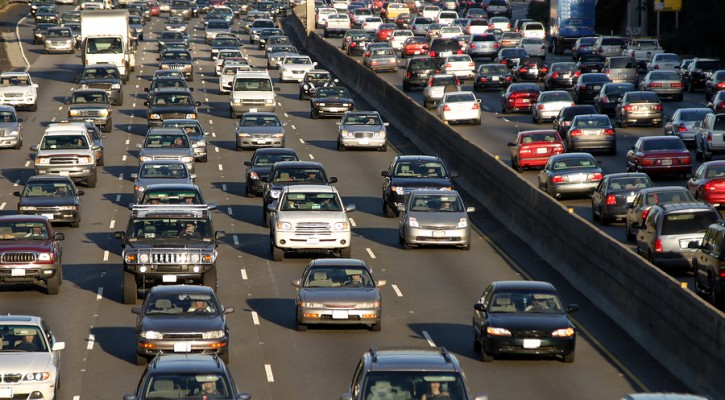
Ask The Traffic School Instructor: Reducing Traffic Jams
September 17, 2014
Question: What can be done to reduce traffic jams?
Answer: Traffic engineers are always looking for ways to reduce traffic jams but those solutions usually involve adding extra lanes or exits. If you live in a place where these types of road improvements have occurred, you’ve probably noticed that it didn’t take long for the traffic jams to return. It seems like adding extra lanes just draws more traffic but that actually isn’t the case.
Believe it or not, even with the same amount of traffic, individual drivers can make a big difference when it comes to reducing traffic jams. To do that, you first have to understand how traffic jams start. It’s not really the volume of traffic but the way people drive in those situations that create the traffic jams.
Traffic jams begin with what are known as traffic waves. Generally, a wave starts when a driver nears a slower driver ahead and hits his brakes. Once his brake lights come on, the driver behind hits her brakes and so on and so on and so on…… The driver in the front hasn’t been affected by the wave but traffic a quarter mile behind is now coming to a stop. This wave effect has also been compared to putting a kink in a water hose.
Traffic engineers understand this effect and, in some places, are trying to correct it in a way that sounds counter intuitive. In Atlanta and Washington State, traffic engineers are trying to prevent traffic jams through the use of variable speed limits on the interstate. By watching video monitors in a command center, when they see traffic waves start to build, they’ll adjust the speed limit via electronic speed limit signs. However, instead of increasing the speed, they’ll try to slow down the traffic behind. By slowing traffic behind, in some cases down to 35 mph, they hope that the wave ahead will have time to break up and move on. By allowing the wave time to break up, fewer cars behind will hit the brakes, causing an even longer wave. By slowing traffic, they hope to keep it moving instead of bringing it to a halt. Moving along at 35 mph is better than not moving at all. It’s too early to tell if it will work in Atlanta but it seems to be working quite well in Washington.
But we don’t have to wait for traffic engineers to solve the problem. Individual drivers can take action to stop traffic waves by simply allowing a longer following distance between them and the cars ahead. Even if traffic enters the lane ahead of you, if you back off slightly by taking your foot off the gas, you’ll notice that, while you may be going just a little bit slower, you’re still moving. It also has the effect of eliminating traffic waves behind you. If you try this, hopefully, you’ll find, just as the driver who created the video below has found, that a single driver can make a big difference when it comes to reducing traffic jams. Driving on the interstate isn’t a competition, it’s a cooperative effort!
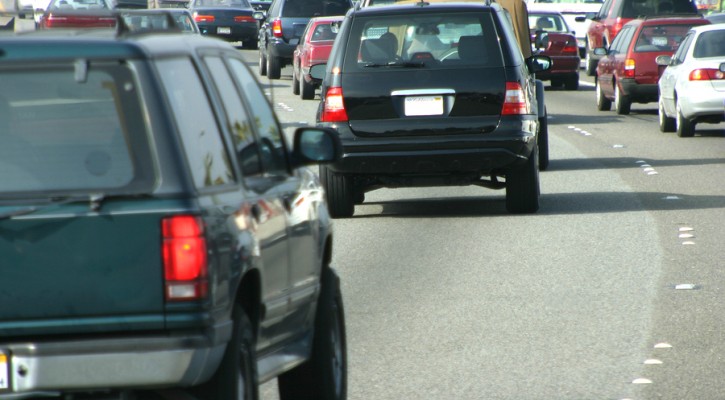
Ask The Traffic School Instructor: Signal For Lane Change
September 9, 2014
Question: Is it common to get pulled over for changing lanes without a turn signal?
Answer: It’s hard to tell if law enforcement officers routinely stop motorists for failing to signal for a lane change. In looking at the Florida Highway Patrol (FHP) Uniform Traffic Citation Statistics for 2013, there’s no specific mention in the statistics of failure to signal for a lane change. However, there are statistics on citations issued for improper lane change. In 2013, there were 51,898 citations for improper lane change reported to the FHP. Those 51,898 citations only make up two percent of the total of all citations issued for moving offenses.
Even if we were to add the 185,192 citations issued for careless driving and the 28,965 citations issued for improper turns, that would only make up eleven percent of the total number of tickets given. So, apparently, it’s not a common occurrence. That being said, Florida law does require motorists to signal for a lane change when they are changing lanes.
There used to be some confusion about the law because, when it was originally passed, the law referred to changing direction from a direct course. Some law enforcement officers interpreted that to mean a signal was required when making a left or right turn but not necessarily when changing lanes. I actually heard a police officer tell a class that turn signals weren’t required when changing lanes. In 2009, the Florida State Legislature cleared up that confusion by adding the wording “or move left or right upon a highway.”
One of the biggest driving pet peeves I hear from drivers in my classes is the failure of other drivers to use a turn signal. No matter how the law is written, it’s just good common sense to always signal your intentions whenever you change directions; whether you’re making a 90 degree turn or moving from one lane to another. Communication between motorists is critical to driving safety and it takes such little effort to hit that turn signal switch.
If you want to check out the law yourself, read: Chapter 316.155 When signal required
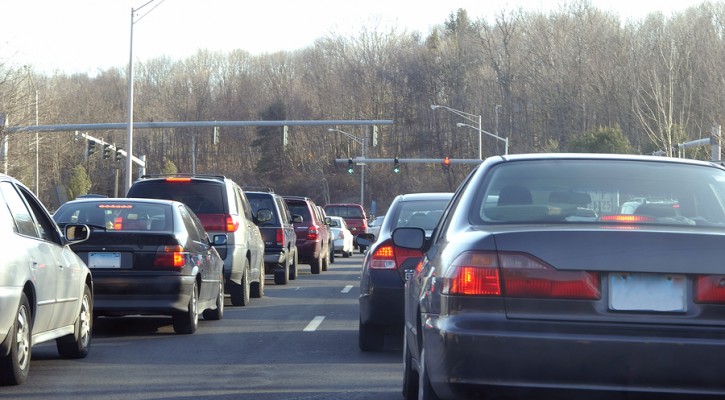
Ask The Traffic School Instructor: Using A Parking Lot To Avoid Traffic Signals
August 26, 2014
Question: If you’re at a red light and need to turn, is it illegal to avoid the light by cutting through a parking lot?
Answer: It’s very tempting – you need to turn right but you’re two or three cars behind the light and the drivers ahead are going straight. It would be so easy to just cut through the parking lot and exit onto your street but imagine if a whole line of cars were doing that every time the light was red.
It is against the law to cut through a parking lot to avoid a traffic signal. In Florida, this law is covered under Florida Statute 316.074 – Obedience to and required traffic control devices. If a law enforcement officer were to observe you doing this, you could receive a moving violation ticket. Almost all states have a similar law.
The only time it would be permissible was if you were directed to do so by a law enforcement officer. A situation where this could happen was if there were a traffic crash in the intersection and traffic was backed up. At that point, an officer might direct traffic through the parking lot to clear the traffic and keep it moving. However, before doing this, the officer would first have to decide whether or not the extra traffic might pose a danger to pedestrians or other traffic in the parking lot before allowing traffic to cut through. Situations like that would be very rare.
When you’re sitting at a red light, your sense of time can become distorted and every second spent waiting seems like five. If you were to actually time the length of a red light, you would probably find that the actual time spent was much shorter than it seemed. It’s better to just wait it out and avoid getting a ticket rather than avoiding the light.
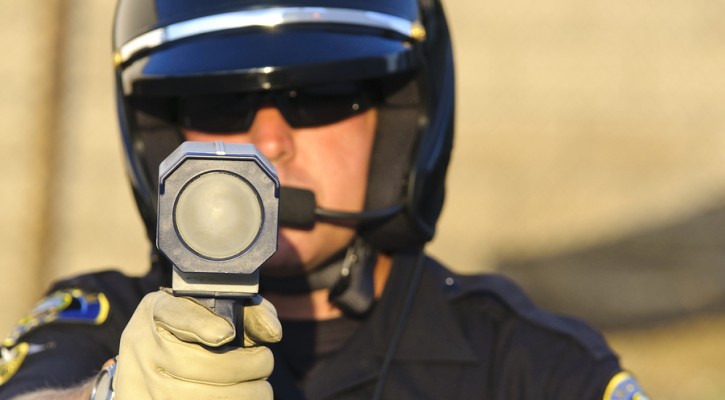
Ask the Traffic School Instructor: Fighting Crimes vs Traffic Enforcement
August 19, 2014
Question: Is there any study on how many crimes are not solved or prevented because police are enforcing traffic laws instead?
Answer: I’ve had this question before in my traffic classes. The question that’s usually asked is more along the lines of “Why aren’t the police out solving crimes instead of going after good, honest folks like us?” There aren’t any studies that I know of to answer your specific question but we can do another type of comparison that may give you something to think about. Continue Reading
